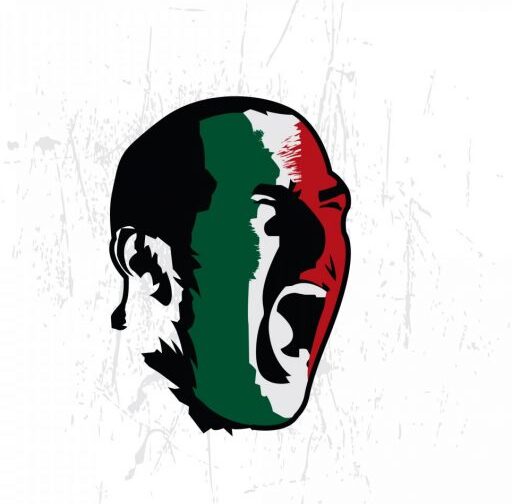Gone are the days of seeing sides line up with each number from 1-11 on show. Kevin Pogorzelski takes you through some of Serie A’s more unusual shirt number choices.

Midfielder Jonathan de Guzman joining Chievo as the transfer window concluded was expected to raise few headlines until the Dutchman opted to wear No.1 for the upcoming campaign.
Outside of the international stage four decades ago, outfield players donning this single digit is uncommon; Ossie Ardiles, Norberto Alonso and Sergio Almiron brandishing it at consecutive World Cup finals as Argentina opted for alphabetical numbering – Diego Maradona aside.
However, countryman and ex-Juventus man Edgar Davids chose the number when Barnet player-manager, while free-scoring Netherlands attacker Ruud Geels carried the number with distinction in 1974.
The 28-year-old is not alone in Italy for unconventional shirt selection, with a handful of Serie A associates picking those rarely associated with their position on the field.
Most significantly, newly promoted Crotone have Marco Festa standing between the goalposts in No.5 and Sampdoria shot-stopper Emiliano Viviano has displayed No.2 on his jersey for some time.

Also based in the port city is Nicolas Burdisso who, despite fitting the description of an uncompromising defender, appears in the Genoa No.8, while Christian Maggio wears 11 at right-back, or more commonly these days on the bench, at Napoli.
Unlike some other major European leagues, there is no restriction on wearing numbers between one and 99, and since squad number introduction mid-nineties the level of variety seen now on the peninsula was relatively slow to spread.
Famed for wearing No.4 for Nigeria, although leading the attack, Nwankwo Kanu paraded No.6 in his fleeting appearances for Inter when signing from Ajax in 1996, then fellow African striker Mohamed Kallon had more success with the Nerazzurri at the start of the millennium sporting No.3.
That same season the Sierra Leone international arrived, arguably Italy’s all-time greatest number one, Gianluigi Buffon, courted controversy by requesting 88 for his final campaign with Parma.
With many assuming it held neo-Nazi connotations – referring to ‘HH’ or ‘Heil Hitler’ – Buffon was forced to explain that it was to symbolise four balls and initially wanted 00 but the league refused and settled for 77. Needless to say, when joining Juventus 12 months later, back he went to the traditional No.1.

Players do get it right sometimes, though, like Egyptian Mohamed Salah wore 74 for Fiorentina in respect to those dying during the Port Said stadium disaster in his homeland three years earlier.
However, the gesture was probably missed by younger fans used to the current trend of players bearing their birth year, initiating some incredible teamsheets across the country.
It appeared to take off when Ronaldinho joined AC Milan in 2008 and No.10 was occupied by Clarence Seedorf, therefore, the Brazilian strutted his stuff with 80 emblazoned on his rear.
Future Rossoneri stars followed suit, Andriy Shevchenko (76), Robinho (83), Mathieu Flamini (84) and Stephan El Shaarawy – who still wears 92 at Roma – and become the norm for youngsters.
The desire to retain the number received during a player’s early years is also witnessed, Mario Balotelli lavishing gifts on younger players to obtain No.45 that he admitted was a little superstitious.
“I took No. 45 because as I joked that four plus five equals nine,” Balotelli told Liverpool.TV. “I scored in [my first] four games. It brings me luck and is why I’ve always kept it.”

A similar concern led Nerazzurri striker Ivan Zamorano to fashion a more novel solution to the problem in 1998, after being forced to give up the No.9 worn with such distinction for club and country.
To get around the indignity, the Chilean chose 18 and fashioned a plus symbol between the two digits to highlight what they amounted to. However, while many still associate this with the arrival Ronaldo, it was actually the signing of Roberto Baggio – insisting on 10 – a year later forcing the switch.
So, with few outfield players opting for No.1, de Guzman is something of a Serie A trendsetter, but just as 17-year-old Gianluigi Donnarumma steps out carrying his birth year (99) we could see No.1 more in the near future.
As children of the new millennium start filtering through to first-team squads throughout Italy, there could even be a return to the traditional 1 to 11 on teamsheets – just not in positions you might expect!


